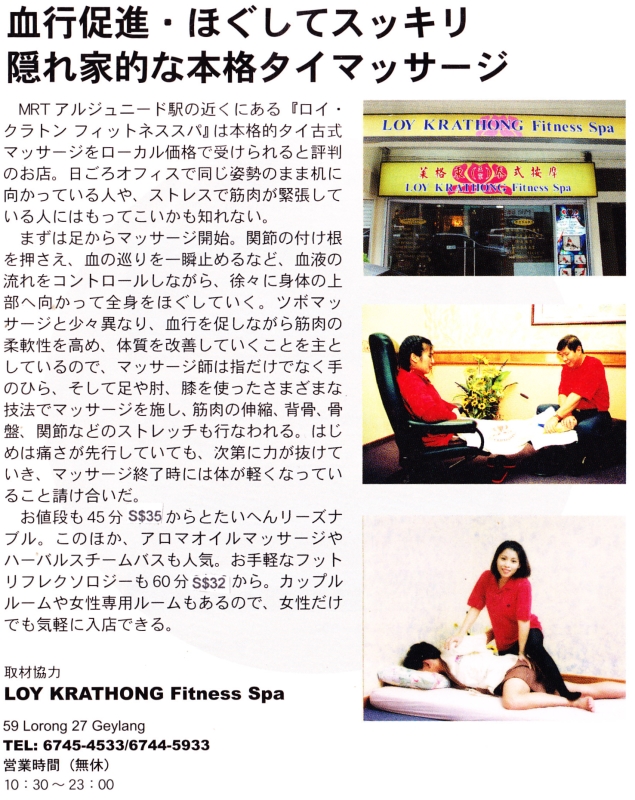T
he Intricacies of Traditional Thai Massage The therapeutic art of stretching, pushing, pressing and relaxing is explored in detail here Traditional Thai massage has its origins in India during the Buddha's lifetime, about 2,500 years ago. The founder of the practice was Shivaga Komarpaj, a doctor and some say, a friend and personal physician of the Buddha. He is commonly referred to as "the Father Doctor" by present day Thai massage practitioners who begin their day with a Pali prayer asking him to guide them in their work. Komarpaj was a central figure in Buddhist medical philosophy and this is recorded in Indian, Tibetan and Chinese writings, which illustrate different perspectives of his life, deeds and specialist knowledge of medicine.

When Buddhism began to spread to other parts of Asia, medical practices associated with the religion went along as well. By the 3rd Century BC, temples were built with adjacent dispensaries and medical schools. This tradition is reflected today in Wat Pho near the Grand Palace, where the core of Thai traditional medicine in preserved.
There are some illustrations on the walls of Wat Pho's medical pavilions which explain the basic concepts found at the core of traditional Thai medical practices Some of these illustrations show the body's meridians along which the to keep it in good health. You may find the diagrams bearing similarities to those found in Chinese acupuncture and Ayurvedic heaHflg-methoG3. Thailand~ vvhictrwas along the ancient trade route between India and China, obviously absorbed many medical practices of the two countries.